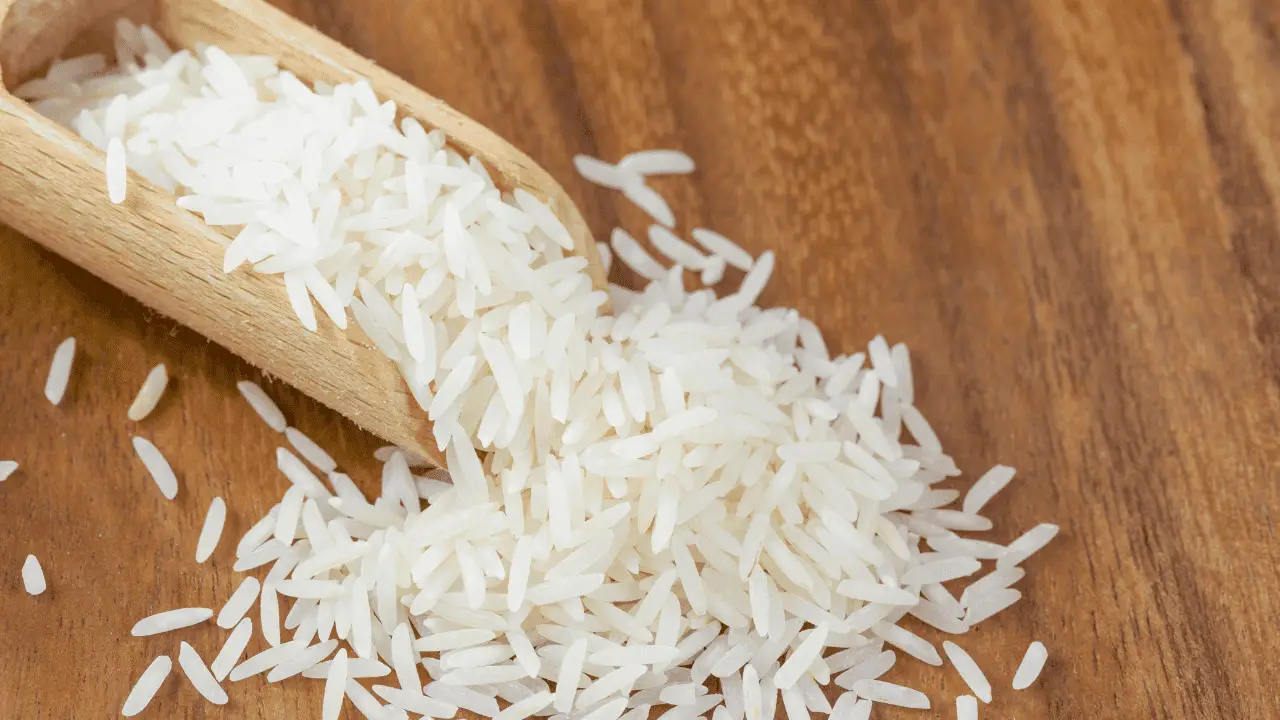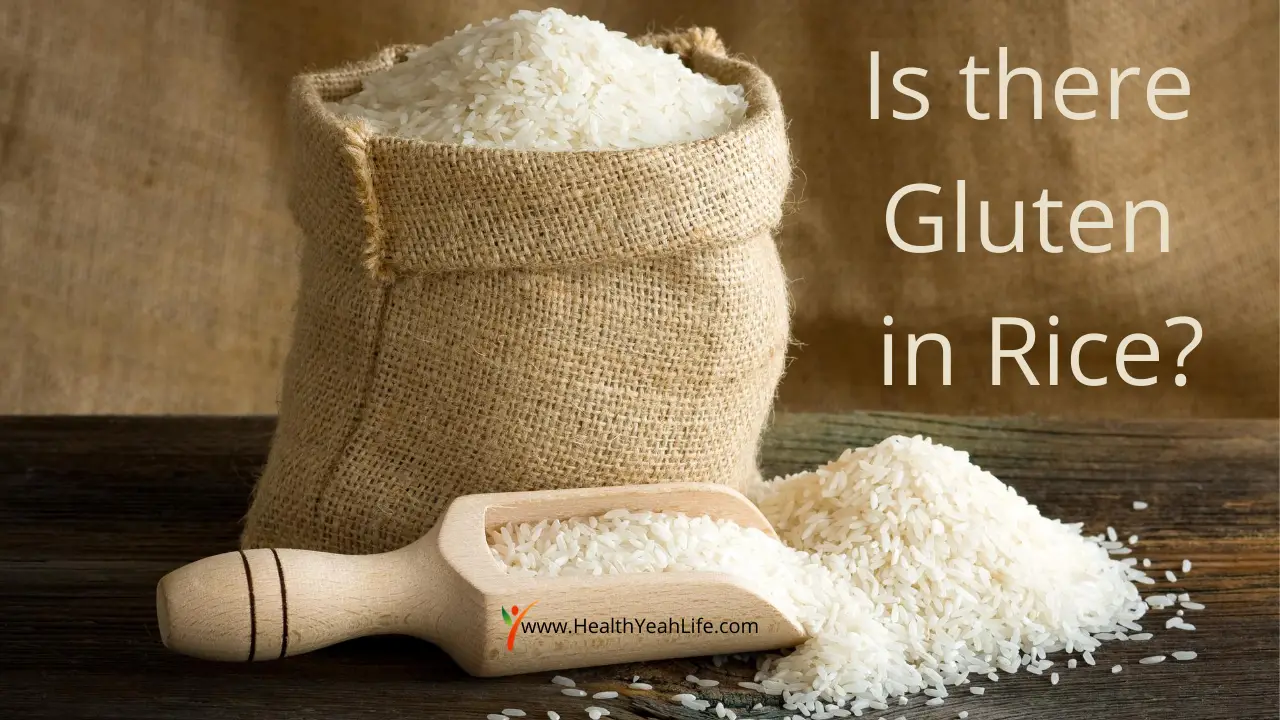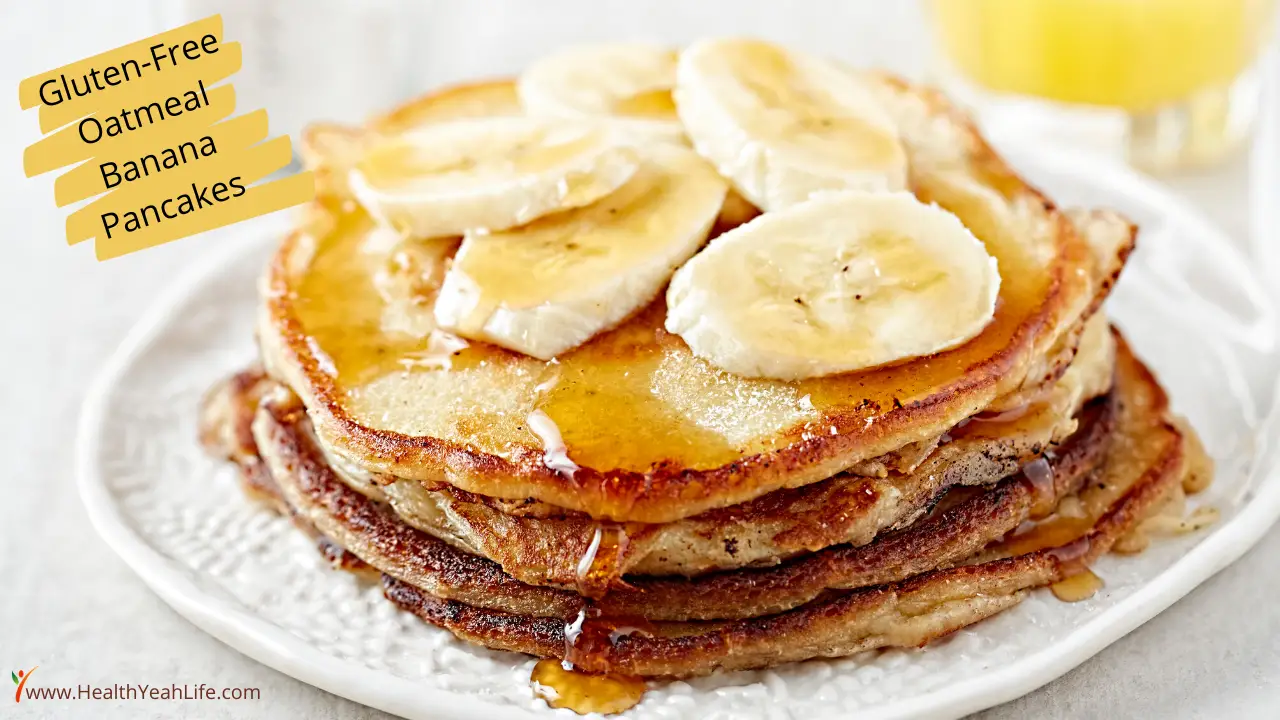Sugar has recently been seen as the enemy that wreaks havoc on the body. Since researchers are coming across studies that prove that true, many people want to cut down on sugar.
While it’s easy to throw away table sugar, maple syrups, and the like, sugar hides in many things. Also, our body has a system that converts food into sugar. So, knowing that, is rice an ingredient that should stay in your diet? Let’s find out.
What is Rice?
Rice comes from cereal grain, but it’s not the same as wheat, rye, spelt, etc.
Even rice types have different rice plants. Furthermore, each plant produces thousands of varieties as well. For instance, long-grained rice, indica, and medium or short-grained rice, japonica, have more than 40,000 varieties!
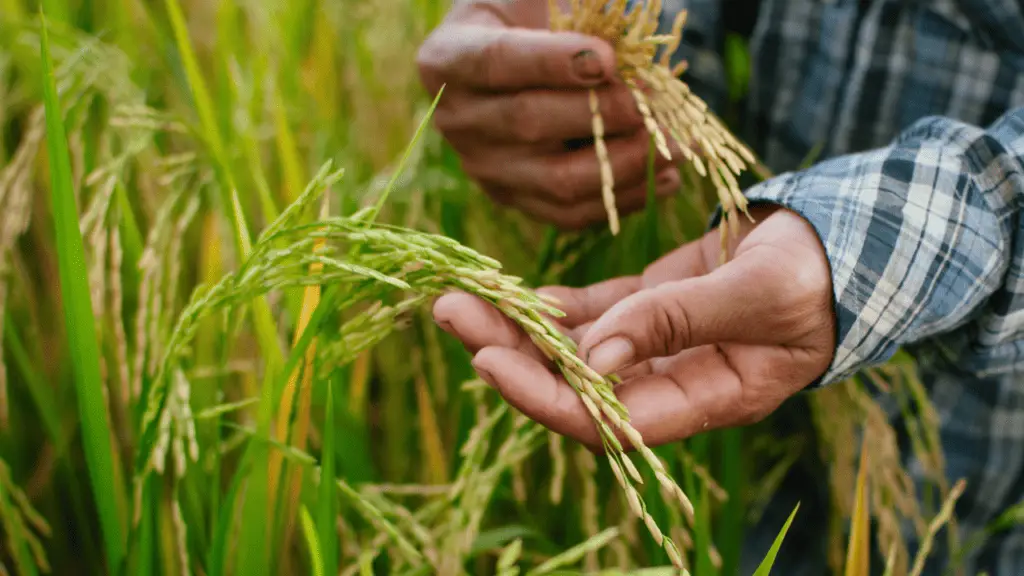
Let’s discuss the market’s two most prominent rice types: brown and white.
Brown rice is whole grain rice containing bran, embryo, and endosperm. All three parts are incredibly nutritious, providing fiber, vitamins, minerals, antioxidants, and fiber. The carbohydrate-packed part of the rice grain is the endosperm.
Meanwhile, white rice is stripped of bran and embryo, leaving behind the endosperm. Some white rice manufacturers may add a small amount of the vitamins and minerals of whole grain rice. Its fiber and fat amount is also considerably lower than whole grain rice.
In both cases, rice is sent to a processing plant after collection for taste enhancement and adding preservatives that increase shelf life.
Is There Sugar in Rice?
Like any other food, knowing whether or not there is sugar in rice isn’t enough. You need to know the exact sugar amount in rice and how it affects your health. Once again, let’s dive into the factors determining sugar in rice and its impact.
Carbohydrates Amount
Rice doesn’t have natural sugars, i.e., glucose, fructose, or sucrose. Nor does it have added sugars. However, rice is far from sugar-free.
A cup of rice contains around 45-55g of carbs. Now, if you’re wondering what’s up with that, carbs aren’t sugar; there’s more to it than meets the eye. A standard serving is 2 cups of rice, meaning 90g carbs, the same as 22 teaspoons of sugar! Our body breaks down carbs in a manner that converts them into glucose. In return, glucose spikes blood sugar levels.
GI Ranking
Let’s first recap what GI ranking stands for. Glycemic index ranking is a scale from 0-100 that shows how much and quickly a particular food increases blood sugar levels. For example, table sugar has a much higher GI ranking than fruits.
Again, it’s important to note that different rice types have differing GI rankings. By far, white rice falls on the critical levels, with an average GI ranking between 65-75. White rice is placed in the medium to high food group. The sugar in white rice is digested rapidly and raises blood sugar levels drastically. Alternatively, like brown rice, whole grain rice has a lower GI ranking in the 50s.
How Does Rice Affect Your Health?
Besides impacting your blood sugar, there are other attributes to rice. While rice has many health benefits, here are some ways it primarily affects your health:
Source of Energy
We know that carbs are a significant source of energy for your body. That’s where the human body gets 65% of its energy per daily requirement. With its abundance of carbs, rice is a great energy source to get you throughout the day.

Nevertheless, carbs digest quicker, giving you an energy boost but depreciating those levels within hours. In other words, you might feel hungry sooner rather than later with white rice. Brown rice, on the other hand, keeps you fuller for longer.
Nutritional Composition
The nutritional composition of rice varies with each type.
As mentioned above, brown rice is packed with vitamins and minerals. Meanwhile, white rice doesn’t have as many nutrients due to the removal of bran and embryo. With that said, white rice is fortified with nutrients, but more importantly, folic acid, which is specifically vital for pregnant women.
Similarly, brown rice has a lot more fiber than white rice. Fiber is essential for healthy digestive functions, and fiber-rich foods can aid digestive issues. Alternatively, the low fiber in white rice benefits those with nausea, heartburn, etc.
Weight Control
Rice is deficient in fats and cholesterol, two key players in weight gain. Plus, it digests swiftly, so it doesn’t stay in your digestive system and convert into fat. Furthermore, the fiber-rich composition will keep those hunger pangs away if you eat brown rice.
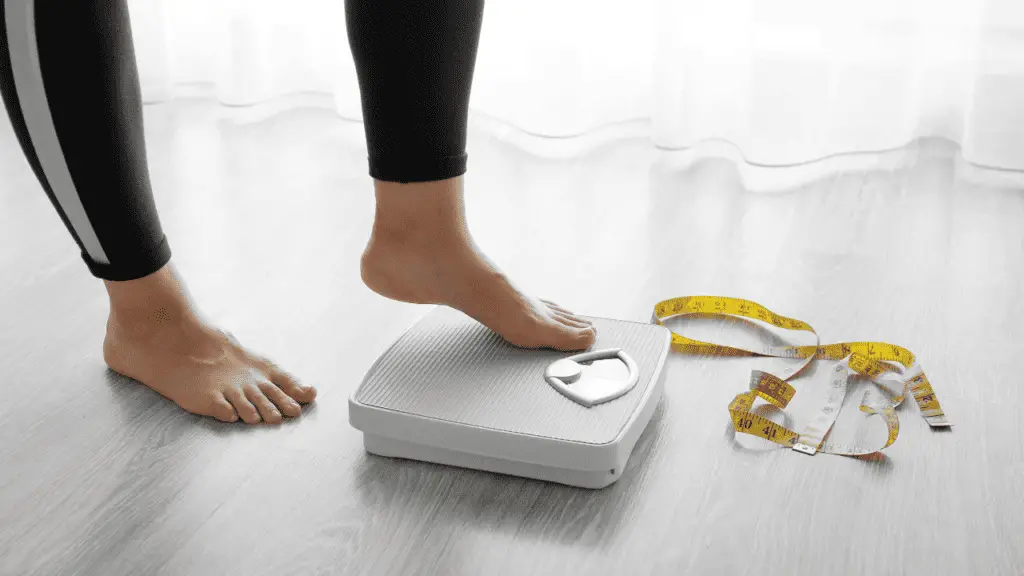
But weight gain depends on your calorie and carb intake, too. So, more than relying on rice completely for its weight loss tendencies is required.
Should You Eat Rice If You Have Diabetes?
For a healthy individual, blood sugar increase after having rice shouldn’t be a problem. Your body will almost immediately start producing insulin to balance out the glucose.
However, type 1 diabetes patients can’t produce insulin, while people with type 2 diabetes resist it, meaning insufficient insulin production. People with diabetes must be careful of their carb intake and distribute it throughout the day.
Regular rice consumption can increase the risk of type 2 diabetes by 11%, too, as per medical research. But that depends on the type of rice you’re eating as well. For instance, studies also show that brown rice is better for people with diabetes.
Do Cooking Methods for Rice Make a Difference?
Previously, no one believed that cooking methods could impact nutritional composition. Recently, researchers conducted various studies and deduced that cooking methods could change the structure of rice for better health.
The study showed that white rice cooked, cooled for a day, and reheated had more than twice the amount of resistant starch compared to a fresh batch. What does the 2.5x resistant starch mean for your body?
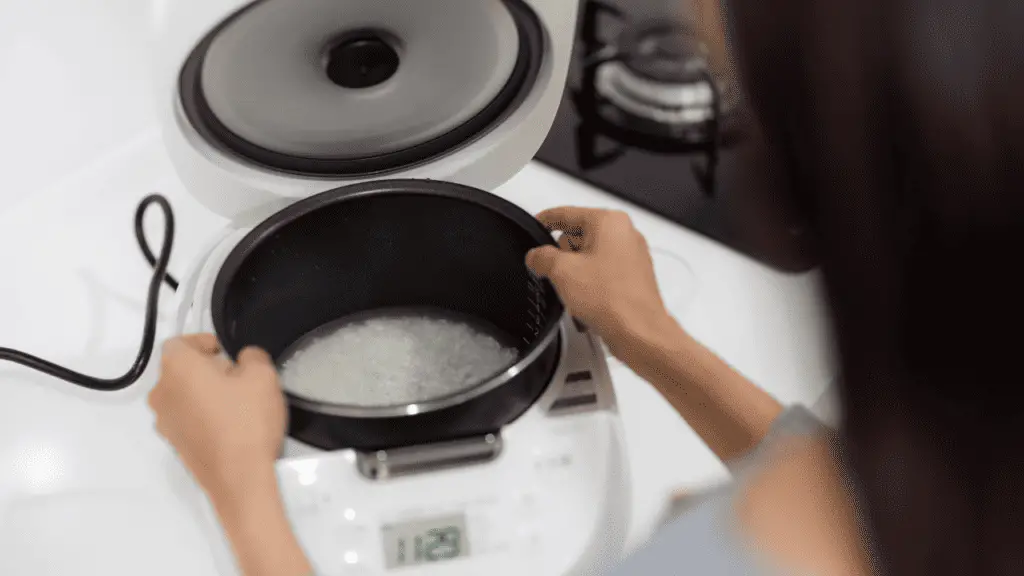
The small intestines can’t digest resistant starch, meaning blood glucose levels don’t spike in this case. Additionally, it promotes gut health by increasing the production of good bacteria. A healthy gut system is essential for managing insulin sensitivity, metabolism, gut disorders, and cholesterol levels.
How Much Rice Can You Eat in a Day?
There are no set criteria for how much rice you should eat daily. Adults require 2000-2500 calories daily, and 45-65% of this should come from carbs. Eating 1 cup of rice daily means getting 45g of required carbs.
Another thing you should take into consideration is your dietary requirements. If you’re on a weight loss diet or need to control your sugar intake, it’s best to stick to ½-1 cup of rice daily. A single cup of rice has a whooping 200 calories. Therefore, don’t forget to keep tabs on your overall food intake.
Which Types of Rice are the Healthiest?
We’ve discussed how rice types come from differing originating grains. As a result, each rice type has a distinctive nutritional composition. Some might have higher vitamins and minerals, while others have more carbs and calories.
You’d want to know the types that rank well for health benefits. Let’s get into it.
Brown Rice
Unlike white rice, brown rice is packed with nutrients because of its unshifted bran and germ layers. For this reason, it is widely claimed as one of the healthiest rice types you could add to your diet.
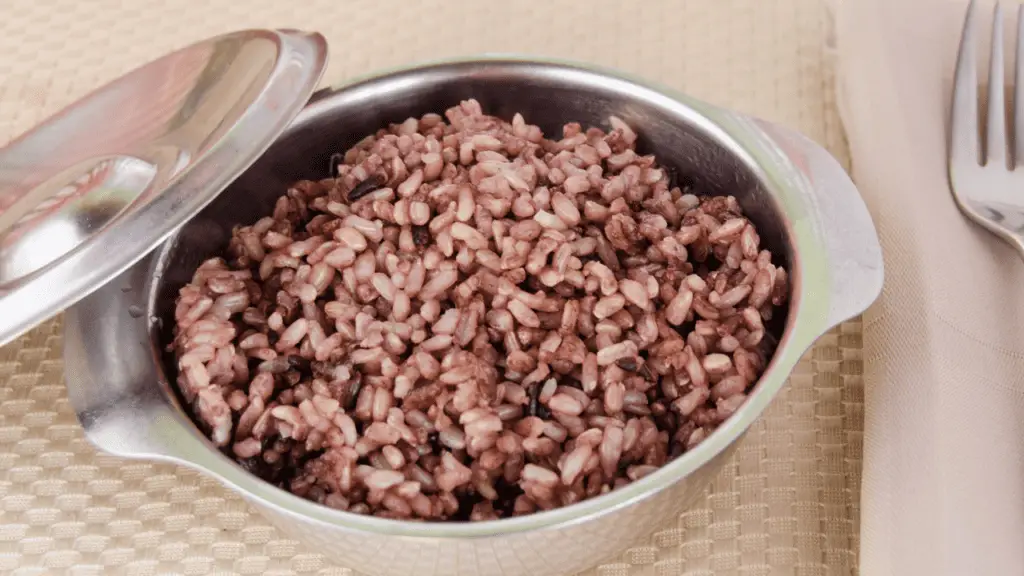
The diverse nutritional compounds of brown rice include antioxidants, vitamins, and minerals. These are linked to multiple health benefits, such as the reduced risk of cardiovascular issues, cancers, and other chronic diseases.
Moreover, brown rice comes with heaps of fiber and protein, essential for many body systems. Another integral function of these nutrients, such as magnesium, is maintaining blood glucose and insulin levels.
Red Rice
Red rice is famous for several beneficial compounds, but the most highlighted is that it’s rich in antioxidants. You’d be surprised that red rice beats brown rice regarding antioxidant concentration.

These flavonoid antioxidants are incredibly significant for fighting free radicals, which cause cancers. Not only that, but red rice can also help decrease the risk of inflammation and chronic diseases, even diabetes!
Black Rice
Black rice gets its name from its color when uncooked. Once cooked, the rice transitions to a deep purple. It’s also known as the forbidden rice due to its association with royalty in Chinese culture.
If you were thinking of eating red rice because of its antioxidant amount, wait till you hear about black rice. It has unbelievably high amounts of antioxidants and anti-inflammatory properties, more than any other type!
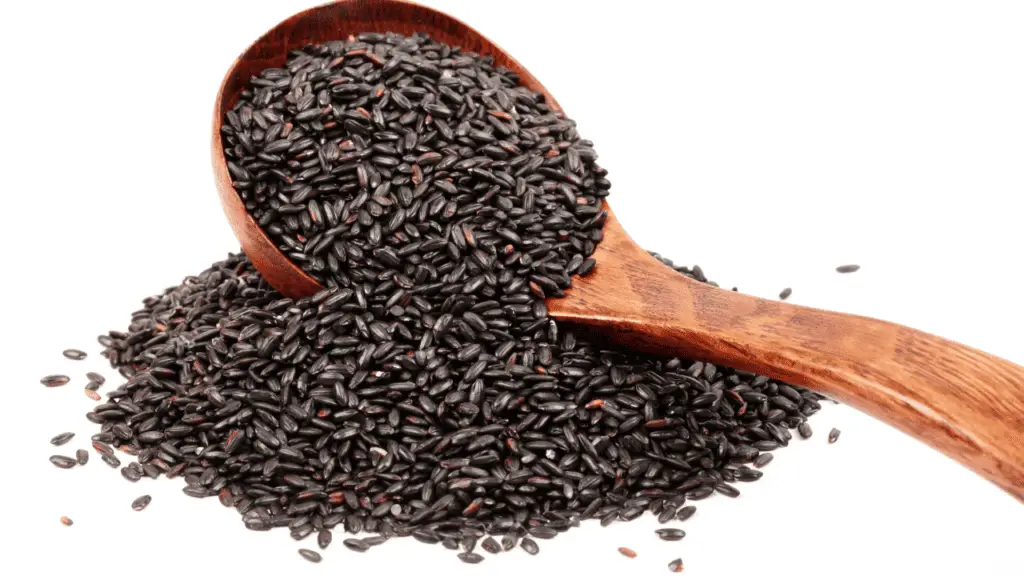
Because of its nutritional nature, black rice can prevent chronic diseases and regulate the body’s systems. Research shows that eating black rice reduces the risk of colorectal cancer and hinders the spread of breast cancer.
Healthy Alternatives for White Rice
White rice is a staple in almost every cuisine worldwide. There are options, whether you’re trying to reduce carbs and calories due to health complications or dietary requirements.
I’ve compiled a list of healthy alternatives to white rice. You won’t even miss it once you switch to these!
Wild Rice
Many people don’t know this, but wild rice isn’t rice. The name makes it confusing, but it’s seeds of grass. It still performs like rice, so it’s used similarly in foods.

Wild rice is healthy and keeps you full with its significant protein and fiber content. On top of that, it’s an excellent source of nutrition, including vitamin B, magnesium, manganese, and antioxidants. Studies showed its manifold health benefits, such as reduced cholesterol levels, decreased risk of heart diseases, and insulin regulation.
Cauliflower Rice
Cauliflower rice is grated or chopped cauliflower cooked until tender. With only the mildest taste, you’ll feel like you’re eating white rice because of its similarity in texture and appearance.

This alternative brings all the benefits of cauliflower with none of the cons of white rice. While being a rich source of nutrition, cauliflower rice has only a fraction of an equal amount of white rice. Riced cauliflower stands at 25 calories compared to 206 in white rice. Similarly, the prior only has three net gram carbs, while it’s 38g for white rice.
Quinoa
If there’s a substitute for white rice that’s a complete nutritional powerhouse, it’s quinoa. It’s ideal for vegans and anyone who wants to cut down on carbs.
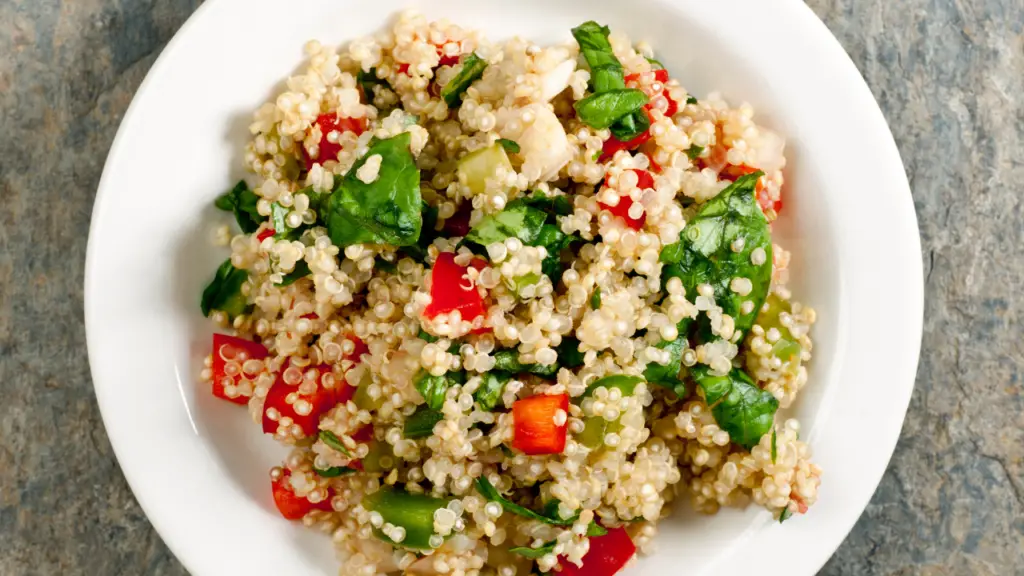
With 8g of protein, you fulfill around 16% of your daily protein requirement. You’ll also be getting 5g of fiber with a single cup. But that’s not even all of it. Quinoa has essential amino acids, vitamins, and minerals for a healthy body. It’s not the best low-carb alternative, considering it has 39g per cup, but it’s much more nutritious than white rice.
Final Take
And there we have it! Rice contains sugar, especially when you’re eating white rice. Even if you’re not sprinkling sugar on syrups on top, the carbs in rice convert to sugar in the body.
As I mentioned above, you don’t have to lose all hope! You can opt for healthier rice types if you’re health- and diet-conscious. Better yet, you can substitute white rice for alternatives that will benefit your health.

